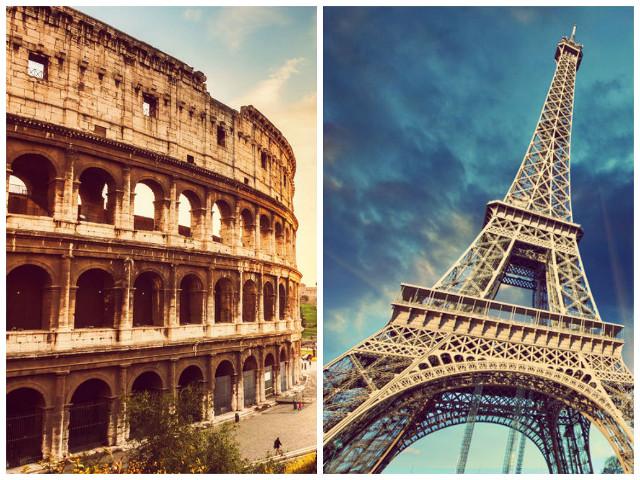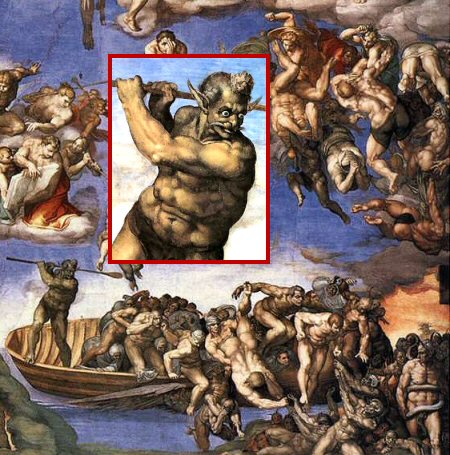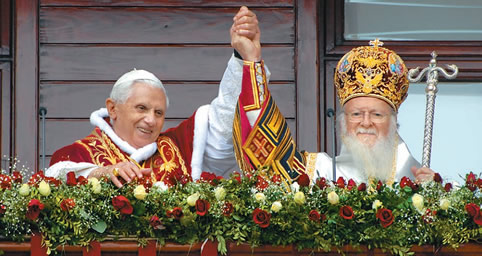Are we in the days of the Last Judgement? The signs and symbols of the End of an Age are everywhere and this story of the 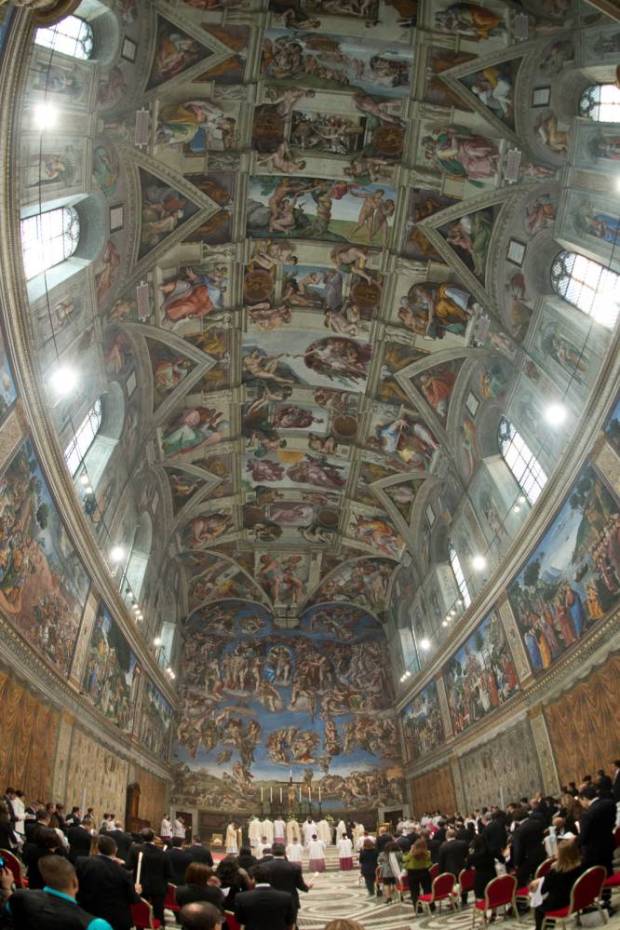 infamous Roman sixth-century church known as the Sistine Chapel reopening to the public after 30 years of restoration seems to align with the last days of the Apocalypse (unveiling).
infamous Roman sixth-century church known as the Sistine Chapel reopening to the public after 30 years of restoration seems to align with the last days of the Apocalypse (unveiling).
The Sistine Chapel was covered in 847 during an earthquake and it was only exposed in 1900. The Chapel’s frescoes of saints and martyrs, queens, popes and emperors have now been restored at a cost of about $2.1 funded by the Italian state and the World Monuments Fund.
“We have tried to integrate all paintings and all different phases, offering to the public a way to visualize the history of the church, as the various layers of painting succeeded one another as time passed and new work was commissioned by different actors,” said Giulia Bordi, a co-curator of the exhibition.
“This church is the Sistine Chapel of the early Middle Ages,” art historian Maria Andaloro said. “It collected the very best of figurative culture of the Christian world between Rome and Byzantium.”
https://www.youtube.com/watch?v=wiuSw8z2opE
The Sistine Chapel resides in the Apostolic Palace, the official residence of the Pope, in Vatican City, and at the foot of the hill where Rome’s emperors once lived. This is also the very chapel between 1508 and 1512, under the patronage of Pope Julius II, Michelangelo painted the Chapel ceiling during the time surrounding the Sack of Rome, and between 1535 and 1541, he painted The Last Judgment for Popes Clement VII and Paul III.
This was also the time when when the Jesuits were canonically recognized in 1540. Fast forward to today, and we have the first Jesuit Pope in the history of the church.
The most famous painting in the Sistine Chapel is called the Last Judgement. It depicts the Second Coming of Christ and the final and eternal judgment by God of all humanity. Christ is the judge in heaven who is surrounded by the Saints including Catherine of Alexandria, Peter, Lawrence, Bartholomew, Paul, Sebastian, John the Baptist, and others.
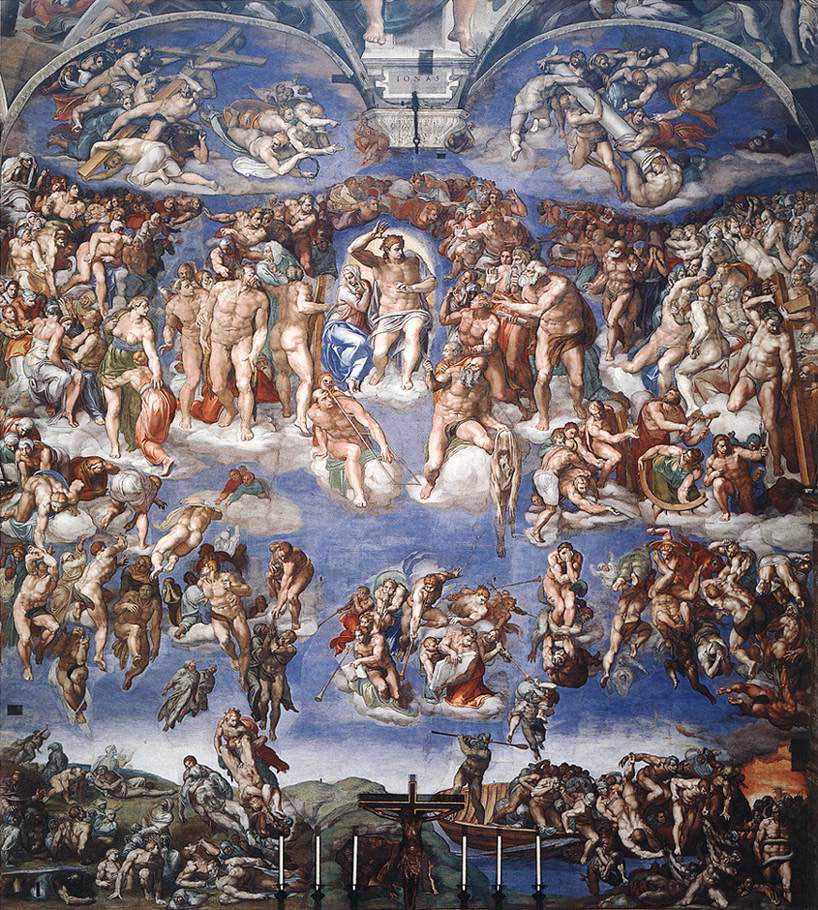
Michelangelo is said to have been inspired by Dante and the lines of the Divine Comedy. It is here where the Cretan lawgiver, Judge of the Underworld and Son of Jupiter, Minos is depicted as the Judge of the Souls.
Michelangelo depicts Minos with donkey (ass) ears with his body being entwined by a huge serpent that is biting off the penis of Minos. As Minos judges his people, a line of demons and angels descend and ascend to their proper places aloted to them by his judgement. Many have already had their cases determined to be been damned to hell or blessed to heaven.
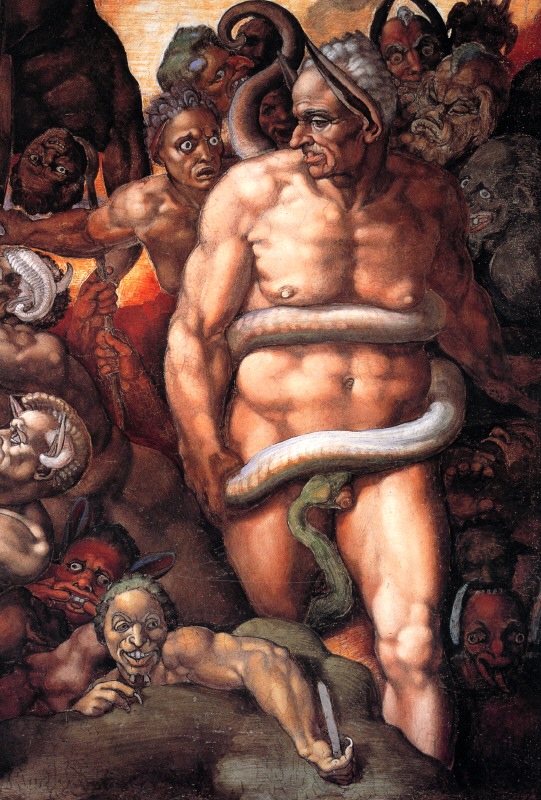
Zechariah prophesied, “Behold! Your King comes to you, humble and riding on a donkey”. His place in the chapel is directly above the door through which the Pope is carried in procession on Palm Sunday, the day on which Jesus fulfilled the prophecy by riding into Jerusalem on a donkey and being proclaimed King.
Pope John Paul II had said this about the Sistine Chapel;
“It seems that Michelangelo, in his own way, allowed himself to be guided by the evocative words of the Book of Genesis which, as regards the creation of the human being, male and female, reveals: ‘The man and his wife were both naked, yet they felt no shame’. The Sistine Chapel is precisely – if one may say so – the sanctuary of the theology of the human body. In witnessing to the beauty of man created by God as male and female, it also expresses in a certain way, the hope of a world transfigured, the world inaugurated by the Risen Christ.”

Moe is the founder of GnosticWarrior.com. He is a father, husband, author, martial arts black belt, and an expert in Gnosticism, the occult, and esotericism.

![How his body was found altogether uncorrupted after it had been buried eleven years, and how his successor in the bishopric departed this world not long after [698 A.D.] | Book 4 | Chapter 30 How his body was found altogether uncorrupted after it had been buried eleven years, and how his successor in the bishopric departed this world not long after [698 A.D.] | Book 4 | Chapter 30](https://www.gnosticwarrior.com/wp-content/plugins/contextual-related-posts/default.png)
